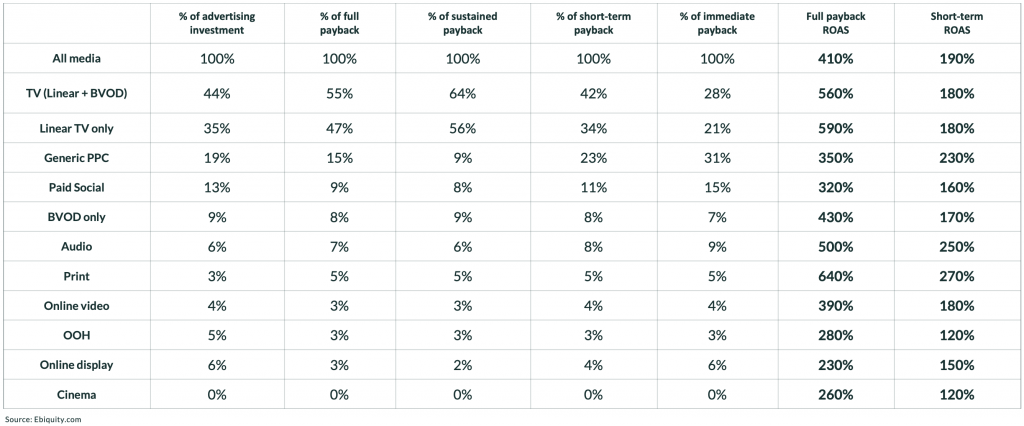The effectiveness of advertising is crucial for achieving profits and growth. Companies invest substantial amounts in various forms of advertising to maximize returns on investment (ROI). The latest study, “Profit Ability 2,” conducted by Ebiquity in collaboration with key media agencies in the UK, provides valuable insights into the advertising effectiveness of currently used media, based on up-to-date data from the current year. The study illustrates how different media influence the ROI from advertising investments.
Marketers face the challenge of selecting the most effective advertising channels that will yield the highest ROI. The diversity of available media and changing consumer preferences make campaign planning increasingly complex. A key element of success is understanding which forms of advertising work best in different contexts and what returns they generate in both the short and long term.
The “Profit Ability 2” study is an update of a groundbreaking study from a few years ago and is based on data from £1.8 billion in advertising investments in the UK across various media for 141 brands in 14 categories. The study aimed to understand how different forms of advertising currently contribute to companies’ profit growth.

Key findings:
- – Television: Accounts for 54.7% of the total advertising ROI, confirming its leading role as an advertising medium.
- – Other Media: Despite television’s dominance, other media such as Online Video and Paid Social also significantly contribute to ROI, especially in the short term.
- – Long-term Impact: Television and BVOD (Broadcast Video on Demand) ads generate significant returns even after the first week, demonstrating their lasting impact on consumers.
- – ROI Levels: Different media generate varying levels of ROI. Television has the highest average full ROI (£5.6 for every pound spent), indicating its long-term effectiveness.
- – PPC (Non-branded Online Search): Yields the highest immediate return but has weaker long-term effects compared to television and other media.
- – Timeframe for Profit Generation: 58% of the total advertising profit is generated within the first 13 weeks, highlighting the need for long-term campaign planning.
- – Sector Variability: Different sectors achieve different levels of advertising ROI, which is crucial for planning marketing strategies tailored to specific industry needs.
Although the study was conducted in the UK, its results provide directional insights into which media are more or less effective. The “Profit Ability 2” study confirms that advertising remains an effective tool for increasing company profits, regardless of changing market conditions. Television, despite the emergence of new media, still plays a key role in generating long-term profits.
Companies should consider a balanced approach to media planning, investing in various channels to maximize ROI and support sustained business growth. The study’s findings can serve as a valuable guide for advertisers in making more informed decisions about their advertising strategies.
The “Profit Ability 2” study underscores the importance of understanding media effectiveness in driving ROI. By leveraging insights from the study, marketers can better navigate the complexities of media planning and optimize their advertising investments to achieve both short-term gains and long-term success.